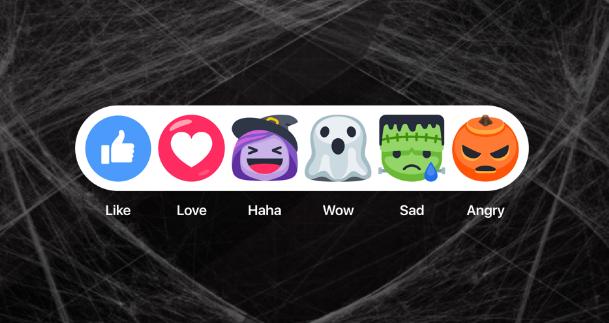Facebook Copies Snapchat Again With Selfie Filters
Wait till your mom hears about this.
Facebook has gotten old. In the U.S., the average Facebook user is 40.5 years old. Compare this to Snapchat where 60% of all Snappers are under the age of 24, or Instagram, where 90% of users are under 35. Maybe that’s why the OG social site is once again taking a leaf from another platform’s (Face)book.
This time, Facebook is borrowing heavily from Snapchat. The company is in the process of refining a new camera that allows users to enhance their selfies and videos with filters, special effects and masks. The updated photos can be posted directly to the News Feed or sent privately to contacts using Facebook Direct, another new feature. If no one on your News Feed interacts with your filtered selfie, the picture will disappear after 24 hours, saving you the existential angst that comes with receiving no likes.
They say imitation is the highest form of flattery, but these days Facebook seems more inclined to imitate than innovate. Back in August, Instagram — one of Facebook’s acquisitions — ripped off Snapchat when they introduced the Stories feature. Instagram stories, like Snapchat stories, disappear after 24 hours, and are ideal for pictures that are too private or not quite worthy of placement on the Instagram grid.
Facebook’s new camera is currently testing in Ireland—the company expects the updates to roll out globally after additional testing. But users in the U.S., UK and New Zealand can get a sneak preview of the new features; Facebook recently released masks in Facebook Live to celebrate Halloween. The masks include both seasonal and non-seasonal offerings and a selection of masks will remain available even after the holiday is over. Also temporarily available are Halloween-themed like buttons (Controversial opinion: the Jack O’ Lantern looks constipated, not angry).

A comScore report released in March of this year shows that, contrary to popular belief, Millennials spend 2.5 times as many minutes on Facebook as they do any other social platform (even if they don’t want to admit it). It’s possible younger users will embrace not having to leave the site to exchange private pictures with their friends or gussy up their selfies. And Facebook has certainly made it easy to access the new camera, which will be positioned in the upper left hand corner of the News Feed. Ultimately, it’s clear that when it comes to attracting and retaining younger users, Facebook has a clear strategy: do whatever Snapchat does.
